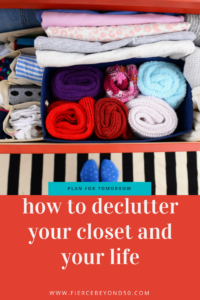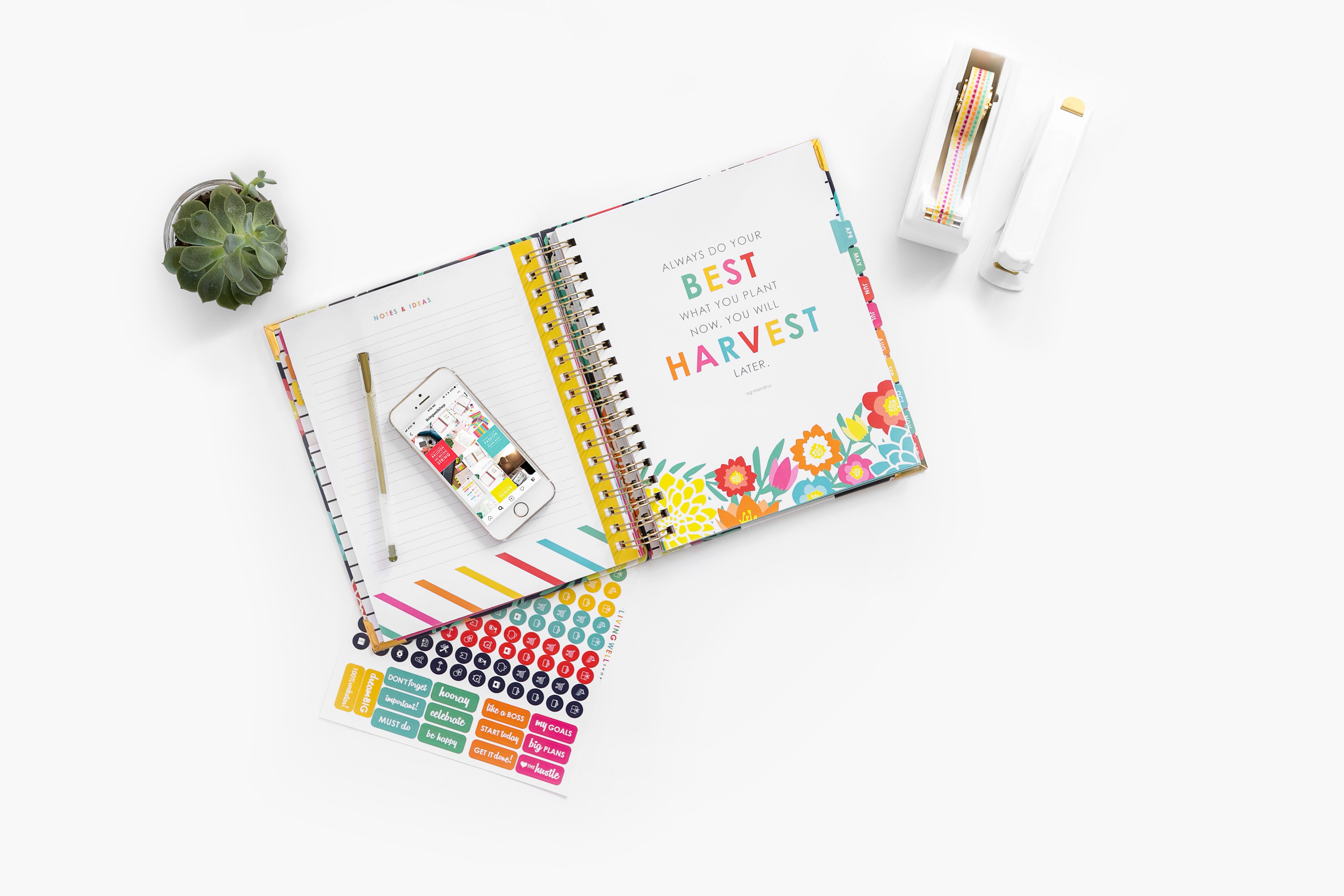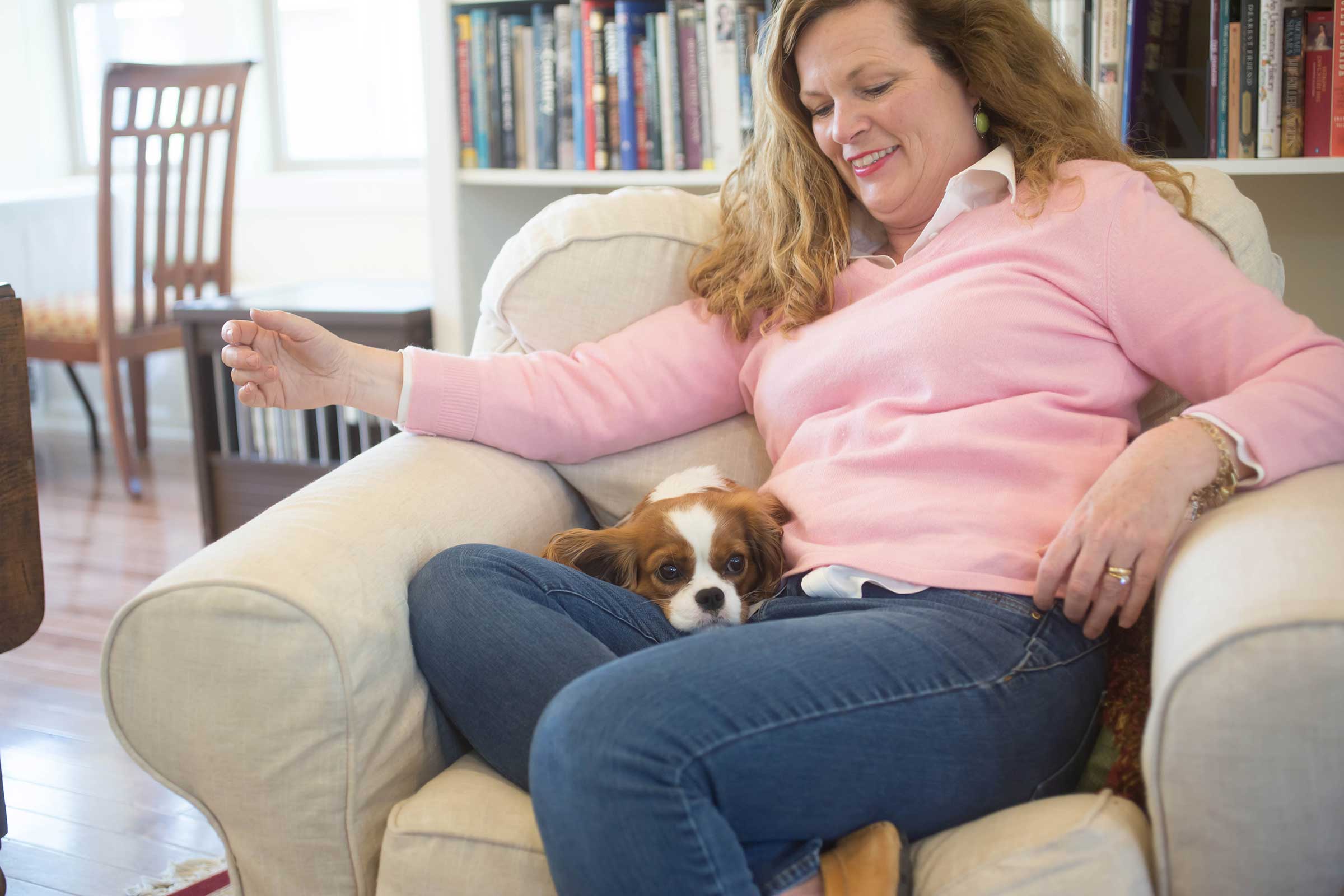This post may contain affiliate links. Full disclosure policy
This post may contain referral links. If you click through and take action, I may be compensated, at no additional cost to you.
“Every single thing we own owns us.”
So said Abigail Burgess Wynne, in the second book of my Cobbled Court series, A Thread of Truth.
Abigail is quite a character. From the moment she walked into my imagination as I was writing A Single Thread and announced her presence with one of the more audacious introductions in literature, “People like me,” I found that I did like her.
And though Abigail isn’t the most emotionally sensitive character I’ve ever written, when she started talking about the tyrannical weight of being shackled to stuff, I recognized the wisdom of her declaration.
Taking Back What is Rightfully Yours
At some level, every single thing we own truly does own us. We have to pay for it, insure it, maintain it, clean it, replace it, and devote to it at least some portion of our most finite resource, our time.
I’ve known that at least as far back as 2008, when I penned Abigail’s line. But it wasn’t until I started contemplating my soon to be empty nest and the need to downsize that I decided to do something about it.
But…what? There was just so much stuff! Fourteen years, five bedrooms, and three floors worth of stuff! Where and how should I even begin? I found myself searching ‘how to declutter your closet’ and looking hopefully to Google for answers.
Around the time I was pondering these questions, there was a lot of buzz on the Internet about a book called, The Life-Changing Magic of Tidying Up: The Japanese Art of Decluttering and Organizing.
The author, Marie Kondo, is known to her devoted acolytes as KonMari. That’s also the same name they attached to her organizational method, turning her nickname into both a noun and a verb, as in, “Hey! Check out my Instagram feed! I just KonMari-ed the crap out of my closet!”
Honestly, their enthusiasm seems a bit cultish to me but, figuring there must be something behind it and fascinated by the beauty of those closet transformations, I bought the book.
Though the insights I discovered inside were incredibly helpful, a number of the suggestions seem pretty weird to me. (Let me state for the record: I am never, ever going to have a conversation with my socks.)
And while the book is 224 pages of advice on how to declutter your life, the meat of the KonMari Method would have fit perfectly well in a brochure.
Or even a list. Here’s mine, KonMari in a nutshell.
How to Declutter Your Closet (and your life)
1) Keep only those things that “spark joy.”
William Morris, the legendary English architect, said something similar back in the 1800s. “Have nothing in your house that you do not know to be useful or believe to be beautiful.”
Kondo expands on this advice by letting me off the guilt hook for throwing out those perfectly good sweaters I never wear or those well-intended birthday gifts I never really liked.
She helped me realize that those never-used items already served their purpose by sparking joy at the moment of purchase. By donating them to charity, I give someone else the chance to find joy in that item.
2) Throw everything on the floor
Pretty weird advice coming from an expert on “tidying up,” right? But it works.
Rather than go through your closet and picking out the stuff you don’t want anymore, Kondo advocates putting every item on the floor, then picking them up one at a time, and asking yourself if that object truly “sparks joy.” If not, out it goes.
Don’t try to try to clean everything out at once. Start with just one portion of your possessions – maybe all your tops, or shoes, or dishware.
3) Roll instead of fold. Line up instead of stack.
Maybe you’re the exception to the rule but everybody I know has grown up folding their clothing and stacking them in drawers. That’s the way I used to do it too. Until I read Kondo’s book, it never occurred to me that there might be another way of storing clothes.
But there is! And it is going to give you so much more space. Best of all, it will allow you to see everything you own when you open the drawer!
In Kondo’s method, every item of clothing should be folded into a rectangle and then folded again into a smaller rectangle which will stand up vertically so it can be stored in lines instead of stacked on top of each other, making them easy to see.
Confused yet? I get it. It’s a little hard to explain but incredibly logical once you see how it works. This video will give you a pretty good idea…
Yes, this method of folding does take a little more time but it’s worth it because it saves you a ton of room. It also makes getting dressed easier because you can see everything you own! This is such a game-changer when it comes to how to declutter your closet. Trust me.
4) Store by color, hang by length
When you are organizing your clothes, group colors together–all the red shirts, then pink, then white, etc. And when you are hanging clothes within each section, put the longest item on the left side, graduating to the shortest item on the right.
Hanging your clothes by color and length makes it easier to find things. Also, it makes your closet look so nice that you’ll want to keep it that way.
That’s it! KonMari in a nutshell. Putting these principles into practice helped me declutter my closet and my life.
Baby Steps, Big Impact
Back in 2014, I started with just one drawer.
I dumped it onto the floor, eliminated everything that didn’t “spark joy,” folded everything according to the KonMari Method, and stood back to admire my handiwork.
It was gorgeous! I thought to myself, maybe this is really how to declutter your closet, after all.
That drawer was so tidy, so beautifully organized, such a pleasure to look at that I should have sold tickets to see it!
The next day, I tidied another drawer, and two more the week after that. Within the month, my entire closet was organized. I felt so good about it that I moved into the kitchen, then my sewing studio.
I wasn’t able to KonMari the entire house before we downsized in 2016, but I bit off a big chunk and that made moving a lot easier. More importantly, every bag and box that went to Goodwill left me feeling lighter.
If every single thing we own really owns a piece of us, then reducing the number of things we own gives us back a piece of ourselves.
I can’t yet say that I’m a poster child of how to declutter your closet, or that every single object I own “sparks joy.” But I’m getting there, reducing the clutter and taking back my life, one drawer at a time.




